All Science
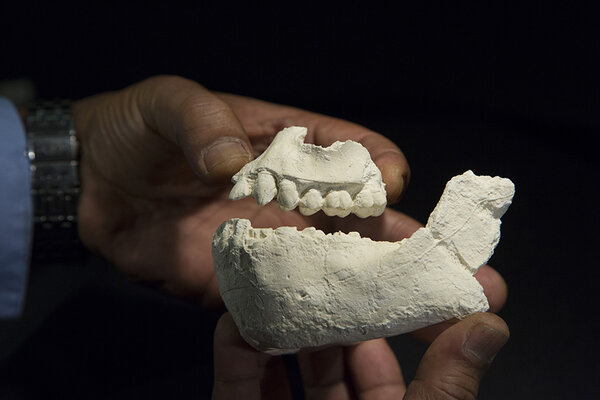 New hominid species may have been neighbor to famed 'Lucy'
New hominid species may have been neighbor to famed 'Lucy'The discovery suggests that the field of early humans may have been more diverse than previously thought.
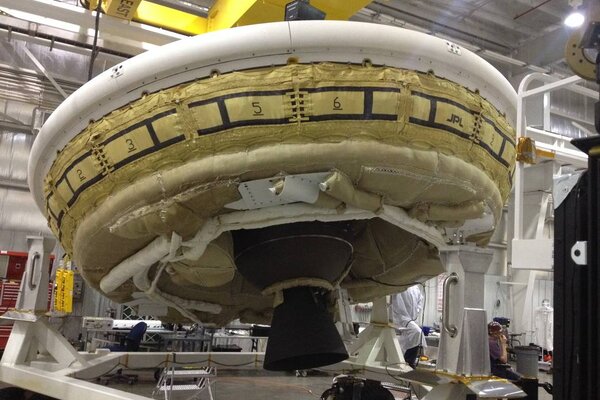 NASA prepares to test supersonic spacecraft for Mars mission
NASA prepares to test supersonic spacecraft for Mars missionLooking to land humans on Mars by 2030, NASA will test this latest space capsule from the 50th state.
 Can Harry Potter save the wasps?
Can Harry Potter save the wasps?Museum-goers in Berlin experience rare opportunity to name a new species.
- Ancient skull could hold clues to humanity's oldest murder mystery
A 430,000 year-old Neanderthal skull found in northern Spain shows signs of foul play.
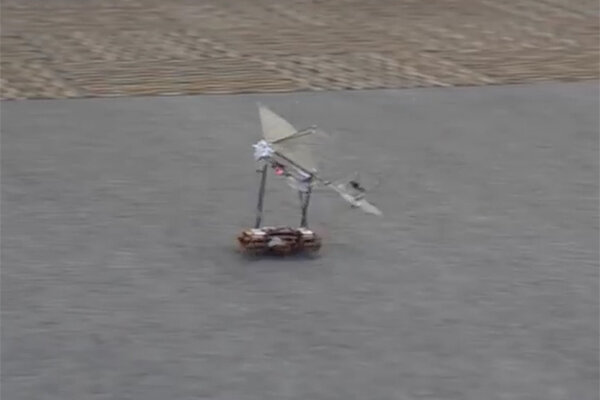 How a robotic cockroach and bird teamed up
How a robotic cockroach and bird teamed upDrawing on each robot's strengths, a research team at UC Berkeley have created a robotic cockroach and a robotic bird that work together.
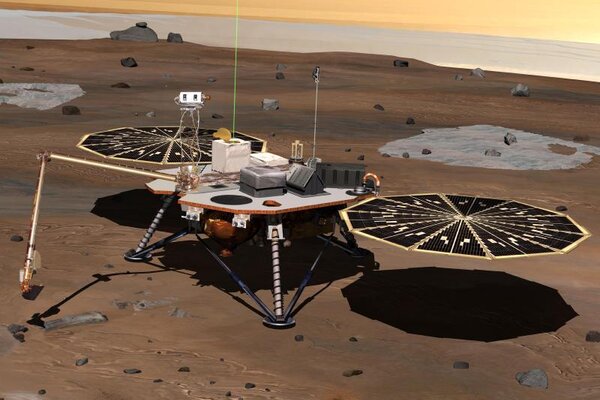 NASA wants you to design the next big thing in aerospace technology
NASA wants you to design the next big thing in aerospace technologyAmerica's space exploration arm is crowdsourcing ideas for new technology to help expand its study of the universe. How can you submit your ideas?
- What should we take to Europa? NASA picks science instruments.
For its mission to Europa, NASA plans on bringing instruments to scan the surface and analyze the water of Jupiter's icy moon.
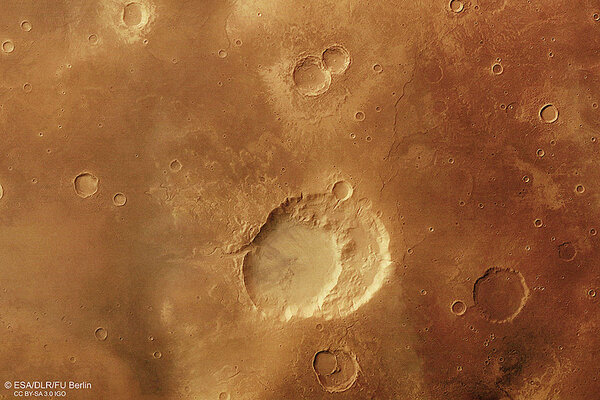 Did Mars once have supervolcanoes?
Did Mars once have supervolcanoes?The shape of Mars's Siloe Patera crater has led some scientists to believe that the structure was once a supervolcano.
 Scientists fool birds using 3D printed eggs
Scientists fool birds using 3D printed eggsThe use of 3D printers allows scientists studying birds to create more replicable experiments.
- Can we pull Maui's dolphins from the brink of extinction?
Conservationists and scientists are urging greater protections for Maui’s dolphins, a small, rare species found off the coast of New Zealand.
 New chameleon species showcase fragile biodiversity in Madagascar
New chameleon species showcase fragile biodiversity in MadagascarA research team discovered 11 new species of chameleon that exist only in Madagascar. The findings also show how close to extinction many species are.
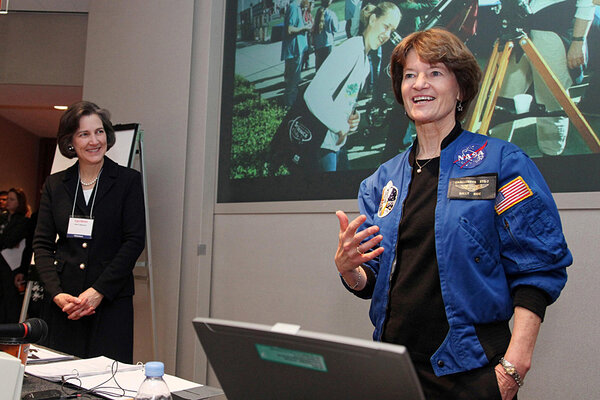 Google Doodle honors astronaut and educator Sally Ride
Google Doodle honors astronaut and educator Sally RideSally Ride flew two missions aboard the Space Shuttle Challenger in 1983 and 1984, becoming the first American woman in space.
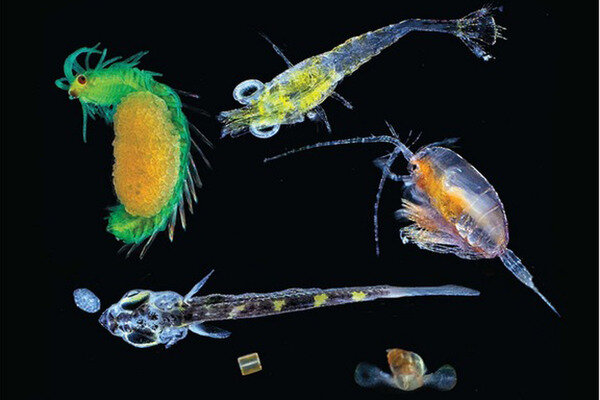 Scientists gather 'tremendous' new data on tiny ocean creatures
Scientists gather 'tremendous' new data on tiny ocean creaturesThe Tara Oceans project is revealing new data on tiny ocean creatures and the critical roles they play in maintaining Earth as a livable planet. 'Life in the ocean is a little less murky than before,' says one scientist.
 'Nasty' star born of cosmic cannibalism
'Nasty' star born of cosmic cannibalismThe rapidly aging star known as 'Nasty 1' may have been 20 times more massive than the sun before its layers were stripped away by a stellar event.
 New study captures stunning diversity of ocean microbes
New study captures stunning diversity of ocean microbesAfter a three-year research expedition, marine biologists describe scores of tiny, 'Seussian' creatures.
 How a few Bronze Age forefathers gave rise to most of Europe's men
How a few Bronze Age forefathers gave rise to most of Europe's menNew research suggests that the demographic expansion of Europe, beginning about 3,300 years ago, involved fewer men than women.
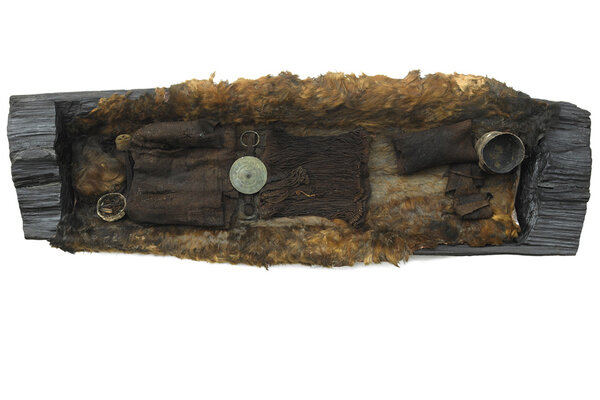 Bronze Age priestess travelled great distances, scientists say
Bronze Age priestess travelled great distances, scientists sayNew analysis suggests that the 'Egtved Girl,' found in Denmark in 1921, was actually born hundreds of miles away.
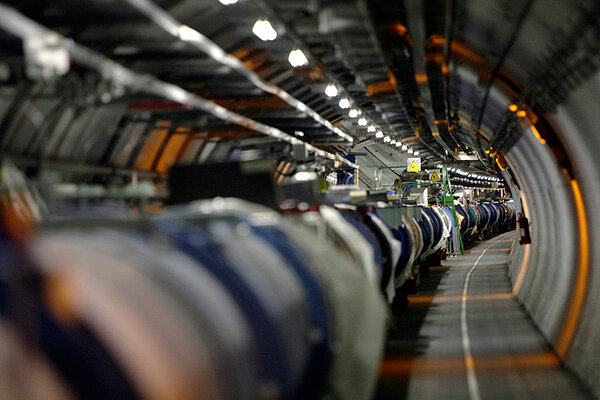 13 trillion electronvolts! Large Hadron Collider sets new record.
13 trillion electronvolts! Large Hadron Collider sets new record.The newly refurbished particle accelerator under the Swiss-French border smashed the energy record ahead of schedule late Wednesday morning.
 Dogs have been with us longer than we thought, say scientists
Dogs have been with us longer than we thought, say scientistsAn analysis of a canine bone found in Russia suggests that dogs and wolves diverged far earlier than scientists had previously believed.
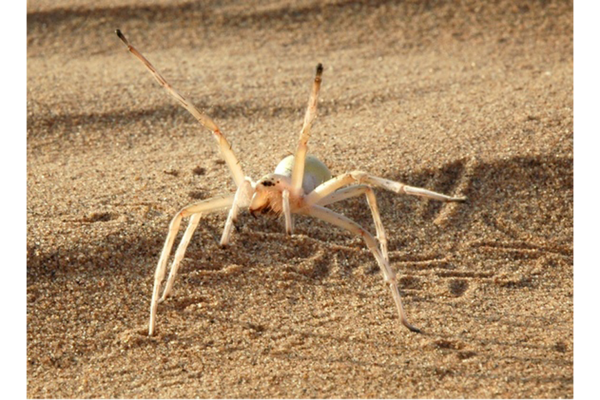 Cartwheeling spider, corpse-hoarding wasp among favorite new species of 2014
Cartwheeling spider, corpse-hoarding wasp among favorite new species of 2014Scientists at the SUNY College of Environmental Science and Forestry have picked their favorite 10 of the 18,000 or so new species discovered last year.




















